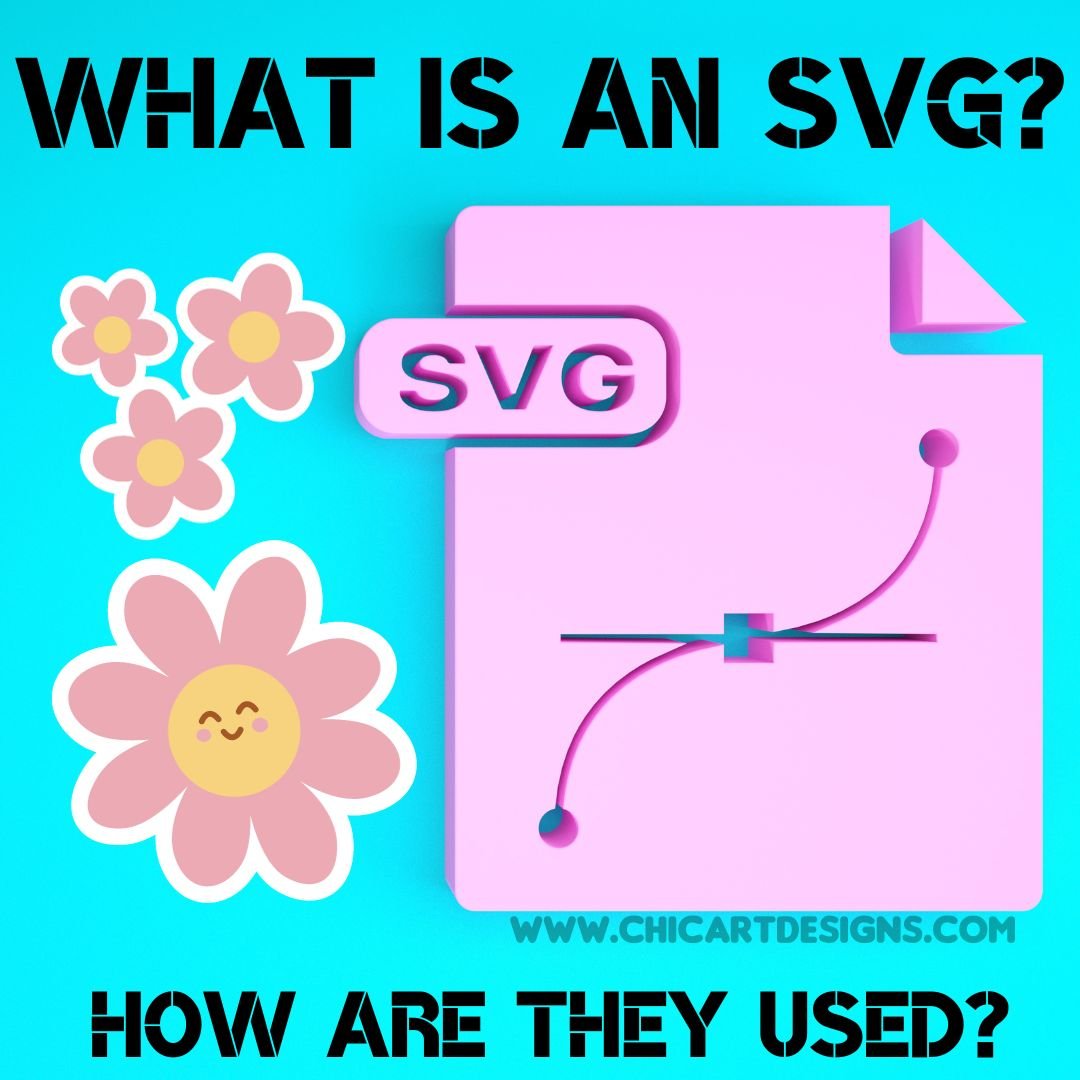What is SVG?
SVG stands for Scalable Vector Graphics. It is a vector image format based on XML (Extensible Markup Language). Unlike raster graphics (JPEG, PNG, GIF), which are composed of pixels and may lose quality when resized, SVGs use mathematical descriptions to define shapes, making them resolution-independent and scalable without loss of quality.
Key Features of SVG:
Scalability: SVGs can be resized without loss of quality. This makes them ideal for various screen sizes and resolutions.
Editability: SVGs are essentially text files, and you can edit them with a simple text editor or use graphic design software.
Interactivity: SVGs support interactivity and animation. Elements within an SVG can be scripted using JavaScript for dynamic effects.
Accessibility: SVGs can be accessible to assistive technologies, as they allow for text descriptions and titles to be included.
Searchable and Indexable: As XML-based files, SVGs can be searched, indexed, and compressed like other text files.
How to Use and SVG
Web Graphics:
- SVGs are commonly used for web graphics, including icons, logos, and illustrations on websites. They offer a crisp and clear display on various screen sizes.
Responsive Design:
- In responsive web design, SVGs are valuable because they can be easily adapted to different screen sizes without losing quality.
Icon Systems:
- SVGs are popular for creating icon sets. They are lightweight, scalable, and can be easily customized through CSS.
Data Visualization:
- SVGs are used for creating interactive and dynamic data visualizations. With the ability to be manipulated with JavaScript, SVGs are suitable for displaying charts and graphs.
Print Design:
- SVGs can be used in print design, ensuring that graphics retain their quality regardless of the print size. This is particularly useful for logos and illustrations.
Animation:
- SVGs support animation through SMIL (Synchronized Multimedia Integration Language) or JavaScript, making them suitable for creating interactive and animated content on the web.


